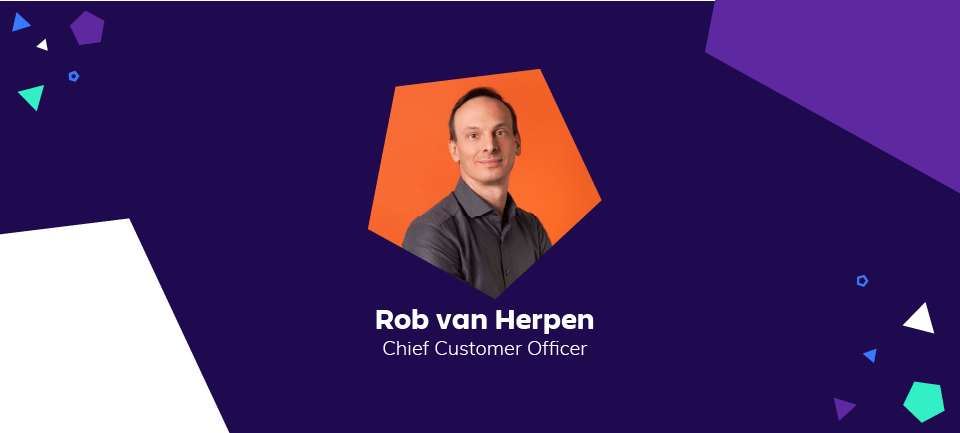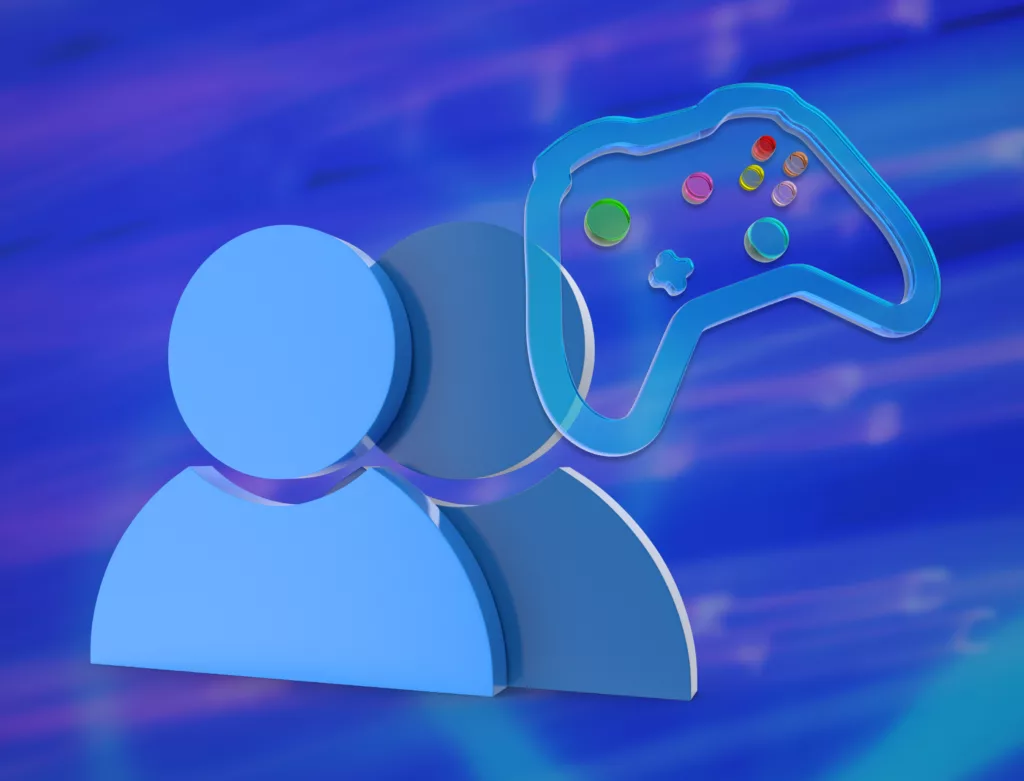Following on from National Customer Service Week, our Chief Customer Officer Rob van Herpen reflects on the journey that customer service has undergone in the last decade, and the role it plays within the wider scope of the whole customer experience.

Created back in the golden era of the telephone, when call-handling was the bread-and-butter service, the main challenge for a Business Process Outsourcer (BPO) in those days was setting up call centers to handle the maximum volume of calls in as efficient a way as possible. Efficiency was the watchword.
In the past decade, customer service has entered a new phase where it’s no longer seen purely as a cost center, and a ‘necessary evil’ to have in place. Finally, it’s becoming a strategic play for companies that want to use brilliant CX as a differentiator. Happier customers positively impact your brand reputation and spend more money.
Not only are there multiple digital channels alongside the phone nowadays, but customers want those channels. They want to be able to talk to a CX agent at their time of choosing on their preferred channel. They don’t want to be constrained by restricted calling times. They want to be able to send a text, or post on Facebook or send a few hundred characters on Twitter. If they’re using an app they want to be able to message from within that app at a time of their choosing. A lot has changed.
But has the market changed to reflect these new behaviors? At 5CA we think too many CX vendors stick to what used to work back in that golden era of telephony: traditional brick and mortar contact centers, married to traditional ways of managing agents. We don’t have that expensive heritage from the past as a brick-and-mortar business. We can be more proactive with our clients in helping them find the right combination of technology and talent to support their customer base.
Why WFH is a mindset
Because of COVID-19 a lot of companies are having to hurriedly optimize all their tools, technology and protocols towards working from home (WFH) and it’s causing a lot of issues as a result. It’s harder for old-school CX companies to pivot to working from home, because they have invested heavily for years in having thousands of people working in physical contact centers, and they still need to protect that investment.
WFH is a mindset that needs to be embedded in your culture. It’s not something that you do overnight, and it will be interesting to see whether the traditional CX monoliths will be able to truly transform themselves to deliver the talent match that customers of successful lifestyle brands really want them to deliver. If the industry as a whole can manage it, the Customer Service Week of the future could look very different!
Our decade-plus of experience of using remote agents means we can leverage the whole globe to hire our talent and to find fans of brands. We talk about being ‘fueled by fans’. Traditionally you’re limited to the people available within a 50-mile radius of a building, and so there are often trade-offs that need to be made – whether it’s service skills, language proficiency, or passion for a product. With a global base of remote agents there is no need to compromise. Excellent customer experience can be delivered any time, anywhere, in any language.
Growing customer spend and recommendation
We give our brand advisors the responsibility and freedom to provide support that’s ready straight out-of-the-box. We leverage the know-how and talent of these people to offer a much richer customer experience. At 5CA we want to work differently with our clients by adding value to our clients’ brands through world-class, innovative CX that grows customer loyalty and spend.
So for example, at 5CA we carefully analyze how customers want to interact with our clients. We’ll look at the channels they prefer. Instead of assuming that existing channels like telephone or e-mail are the right channels to support, we’ll study the demographics of our customers to ask, “What channels does a millennial use? How is that different to Gen Z?” and then help clients set those channels up.
Starting small, thinking big
We often start relatively small-scale with new clients, for whom the switch to WFH can feel radical. It’s up to us to prove our worth, by offering a service that’s much more agile, more flexible and dynamic. Almost every trial we do results in a long-term relationship and scaling up the level of support we provide, as soon as clients start to see the benefits.
For example, we partner with clients who have huge spikes in demand, due to new product launches that can see customer demand double or triple. These are hard to manage when you’re tied to physical limitations like brick-and-mortar offices.
It’s much easier to respond when you have the technology in place to scale up rapidly, and a global talent pool. Our global WFH teams of brand advisors are centrally managed through Mission Control, a scalable, secure and resilient technology platform that means we can scale support instantly.
By combining global talent, our secure, scalable and resilient platform and operational excellence, we provide a turnkey WFH solution, including workforce engagement and management, traffic control, analytics and insights. We aim to gain a seat at the table to help build future-proof CX, working with clients as a partner to turn customer service into a powerful USP for their business.









